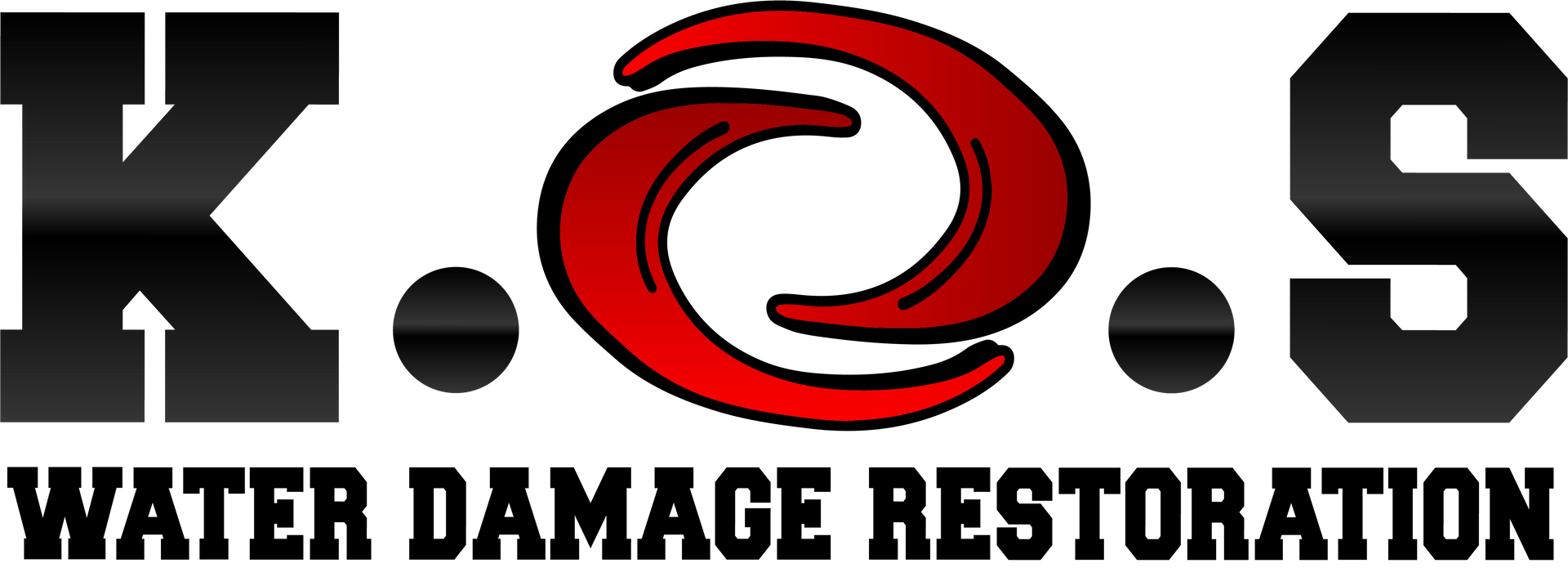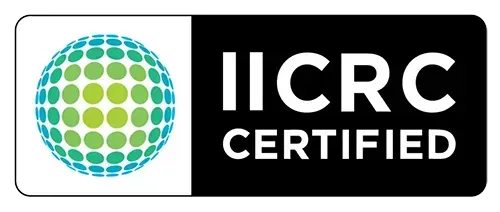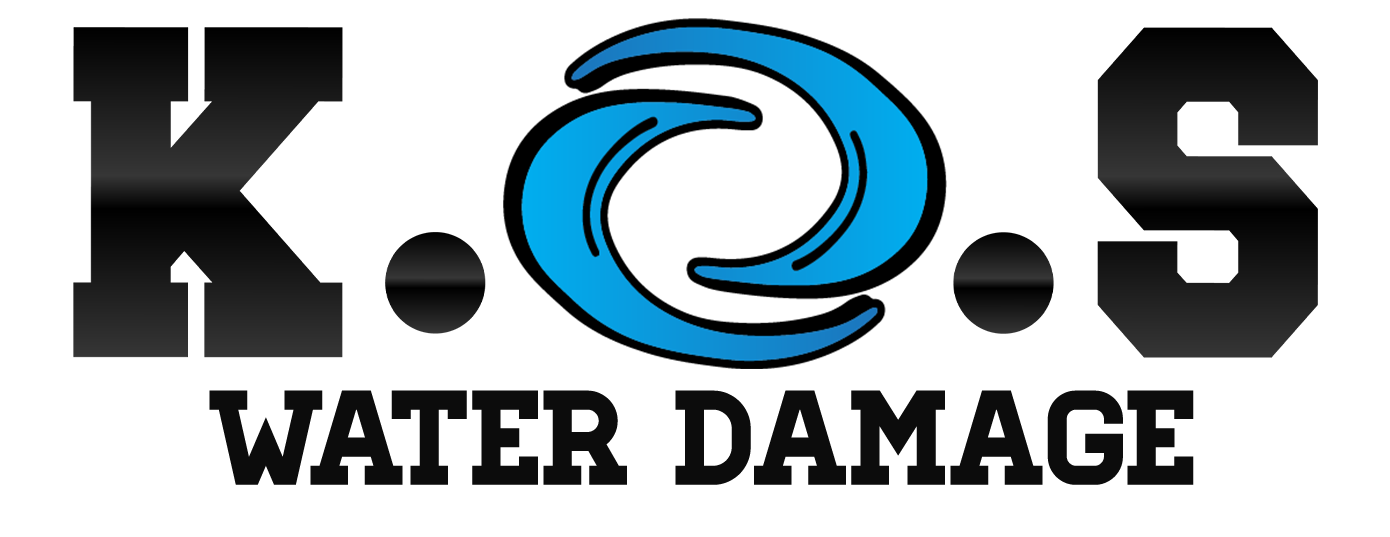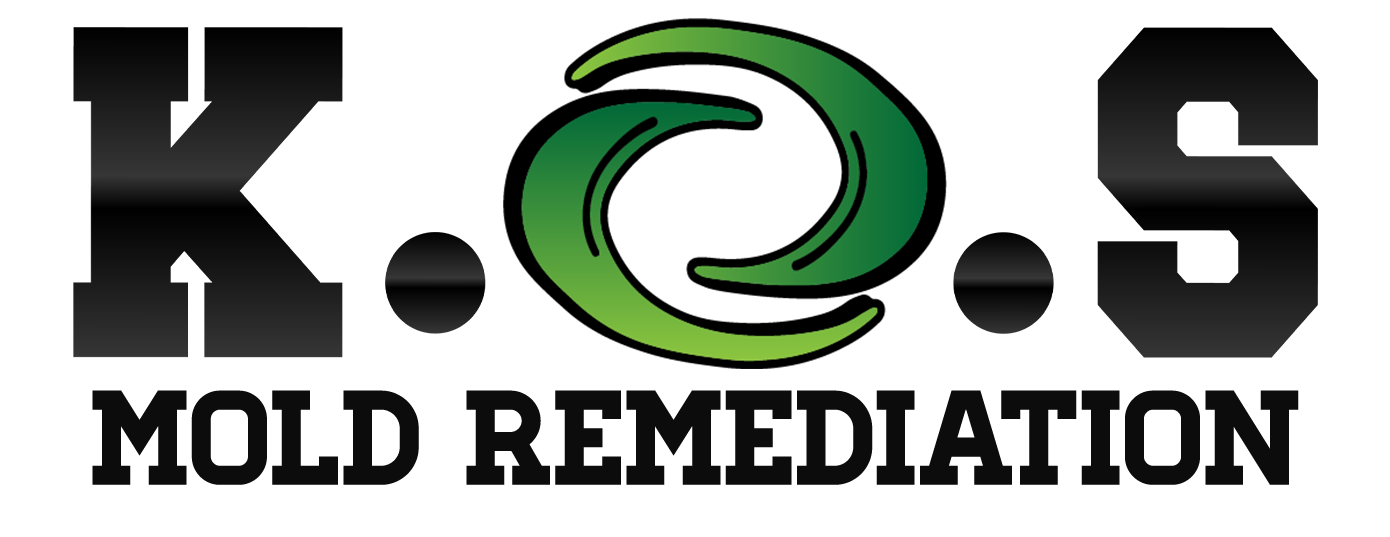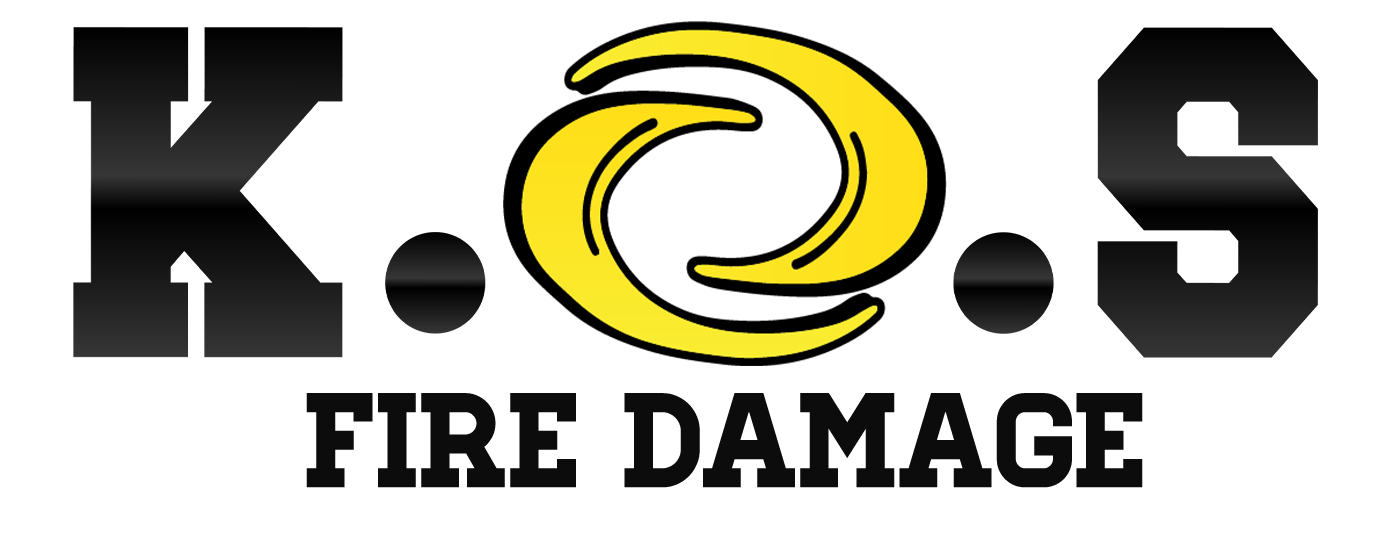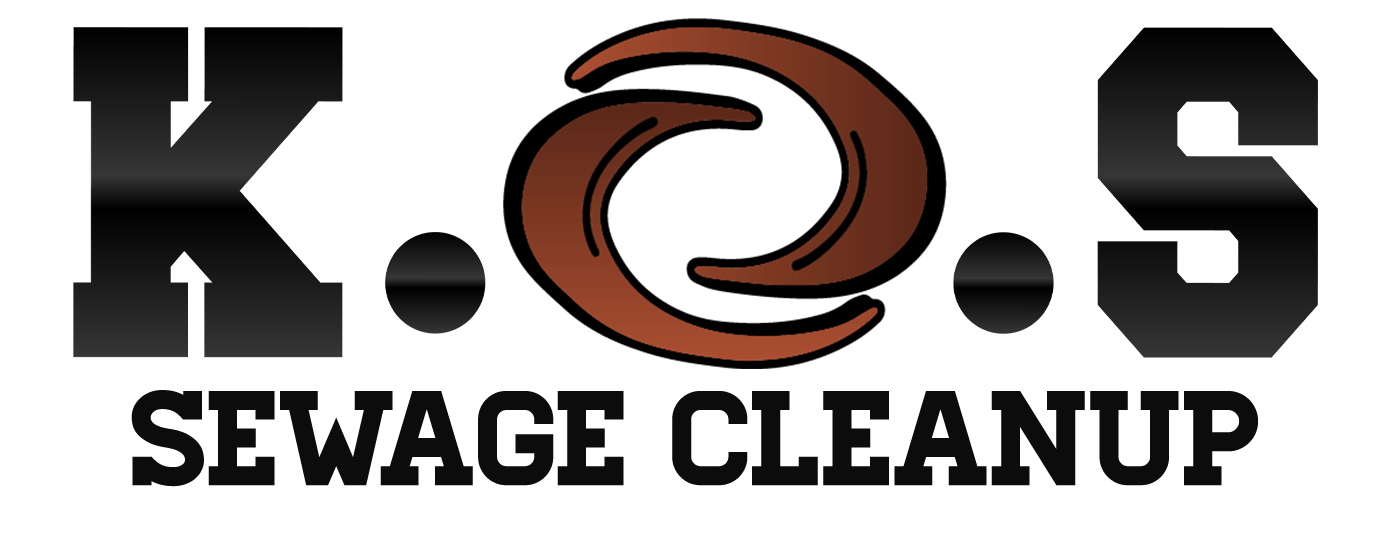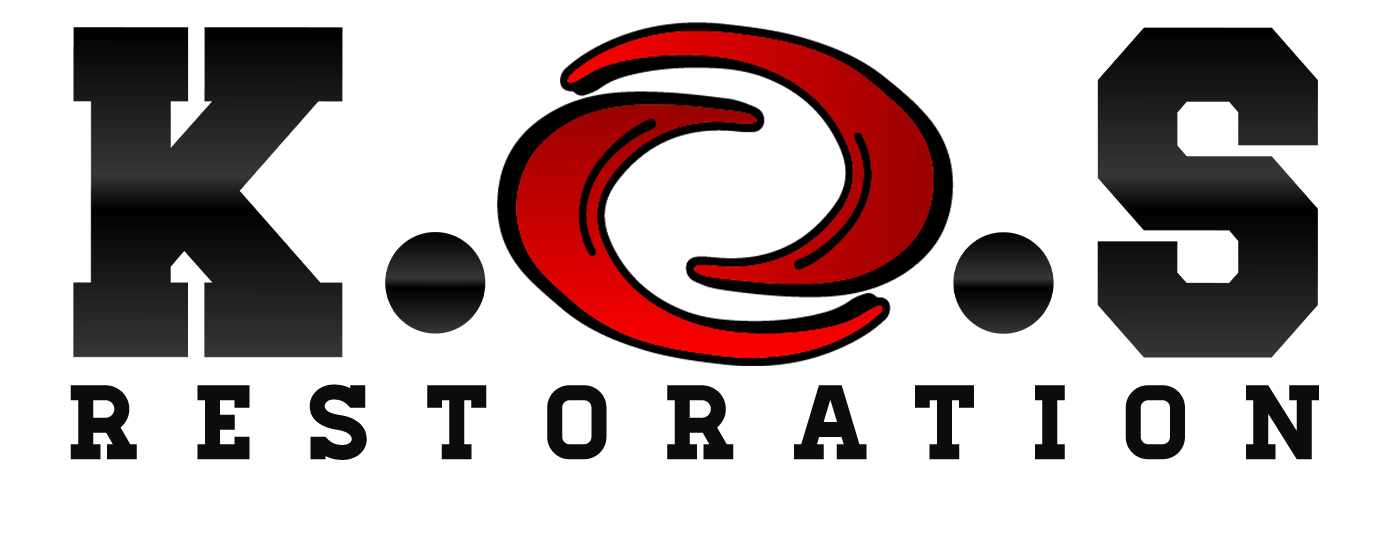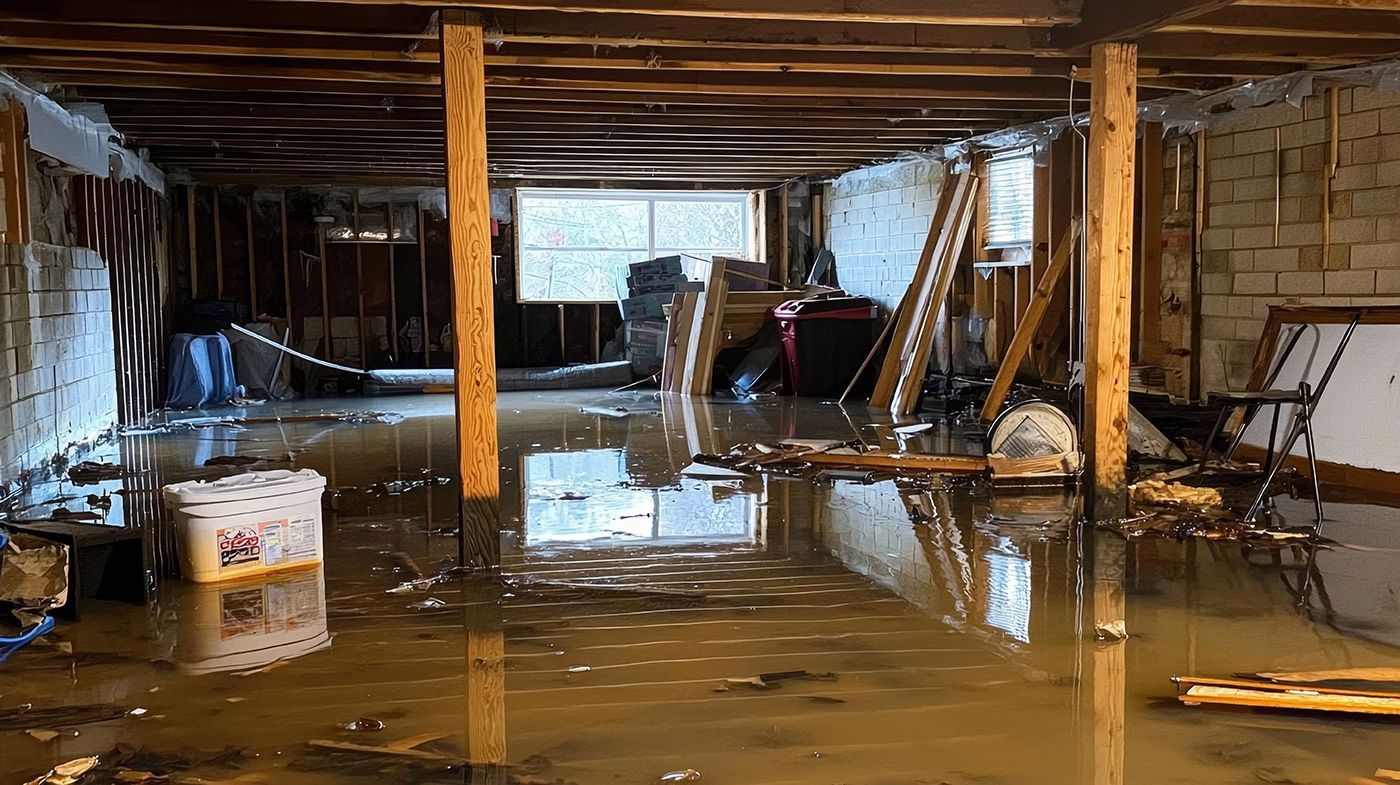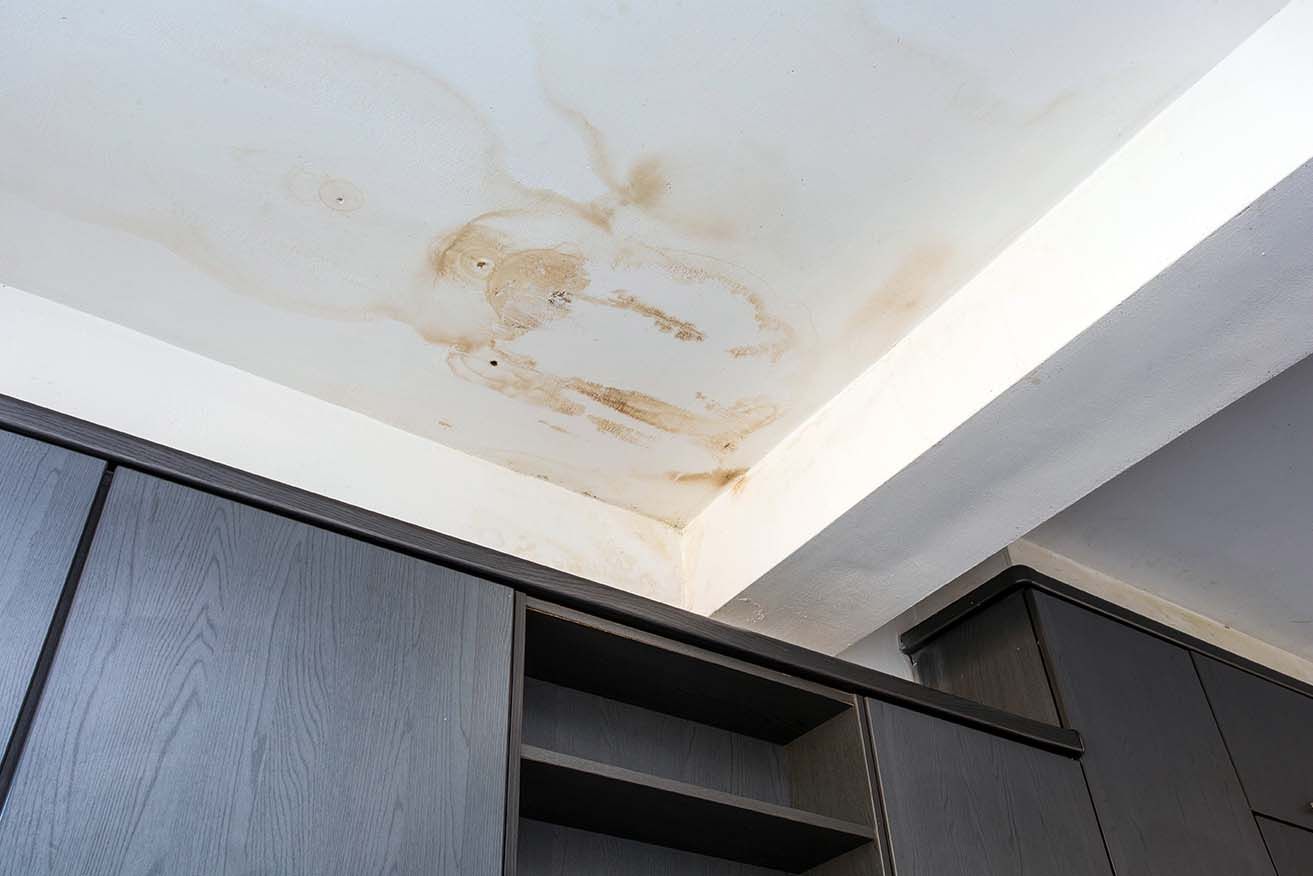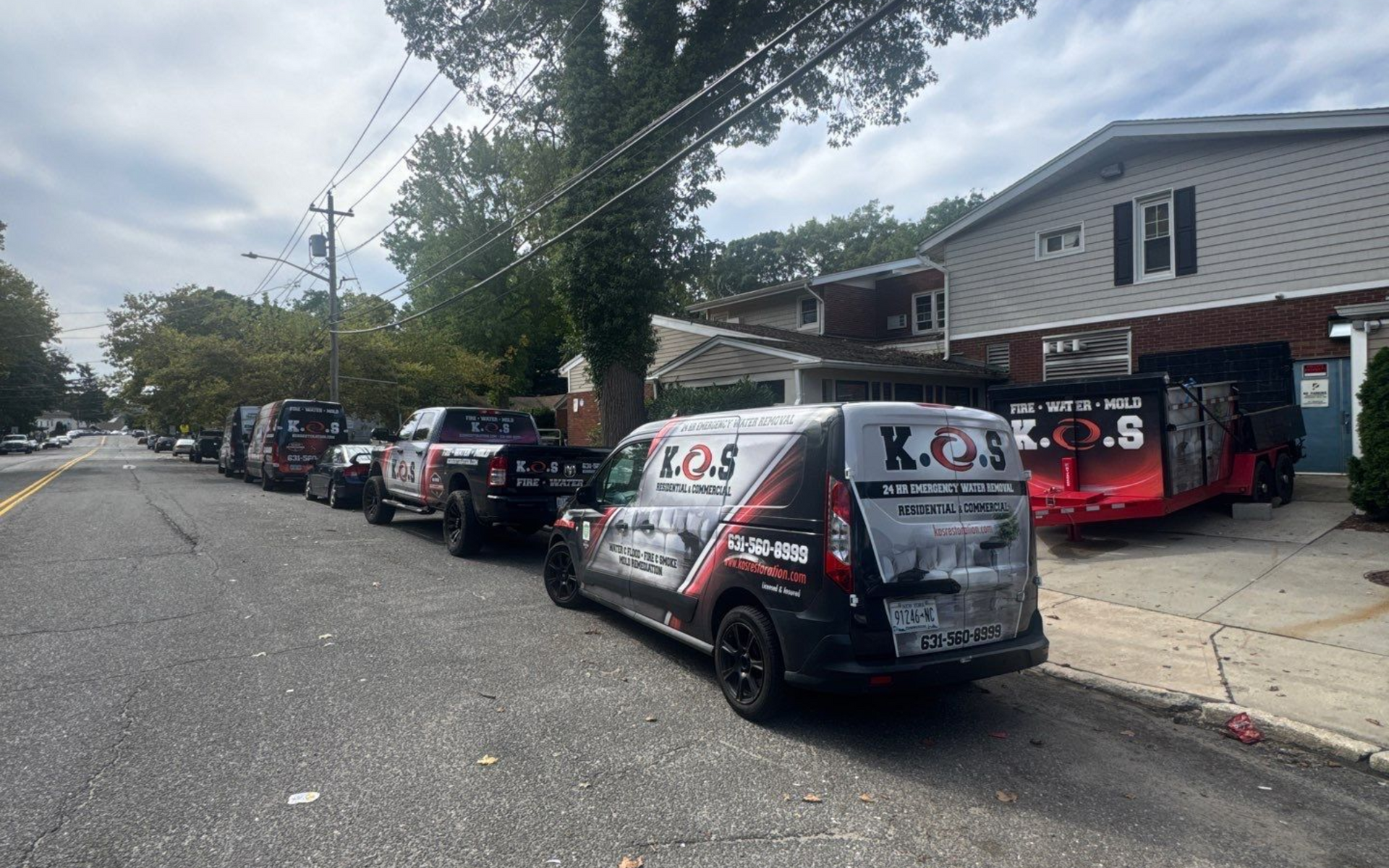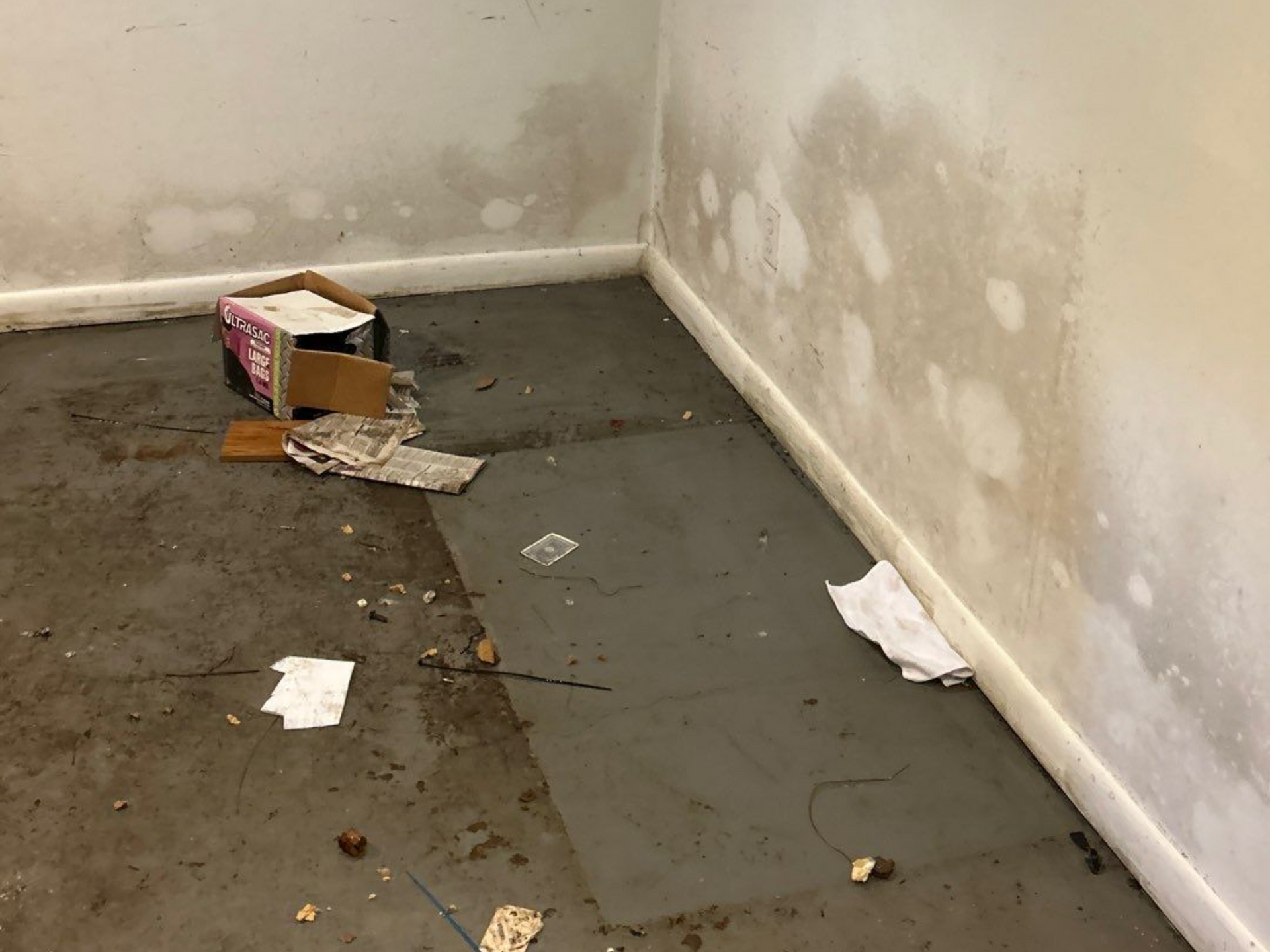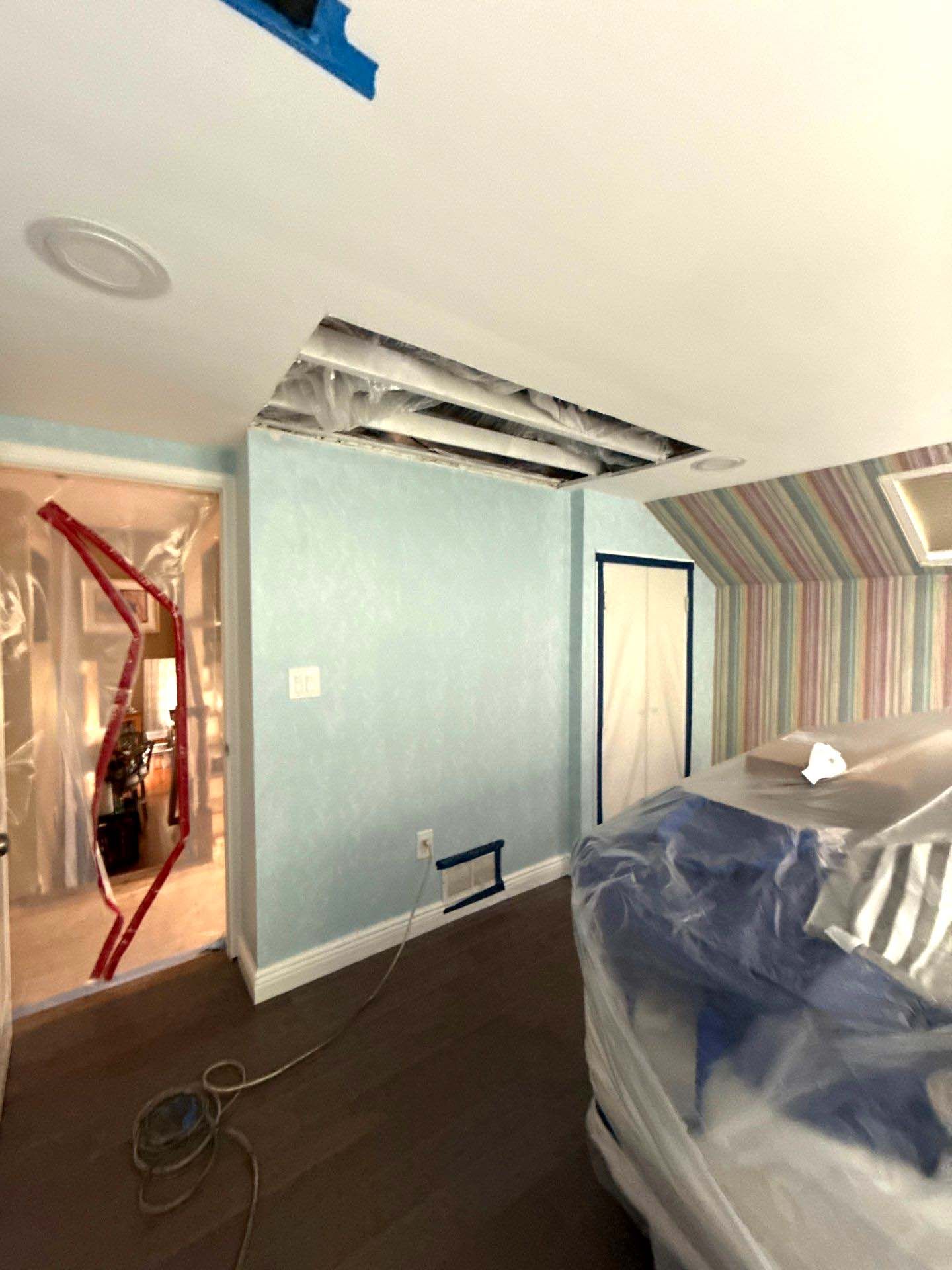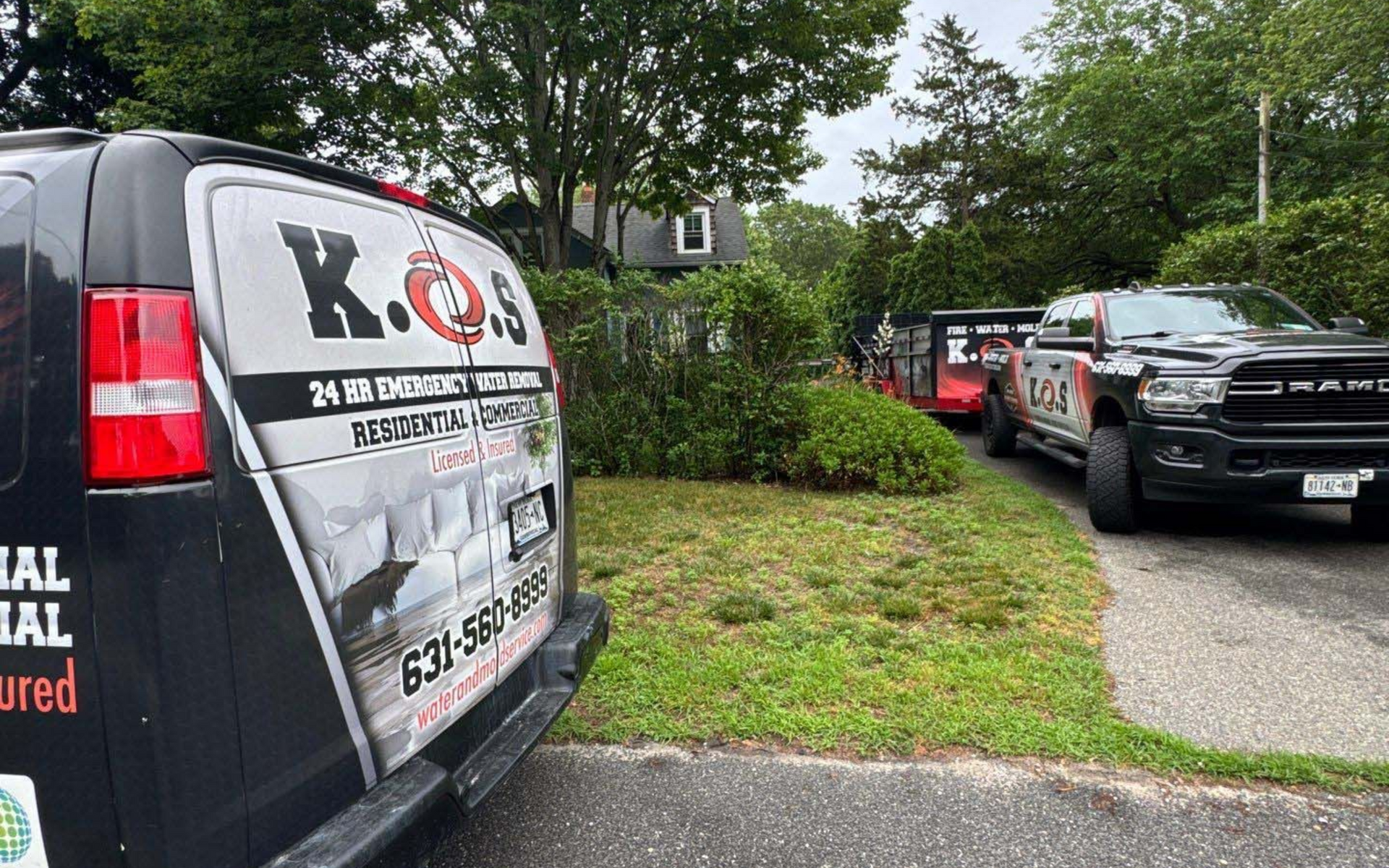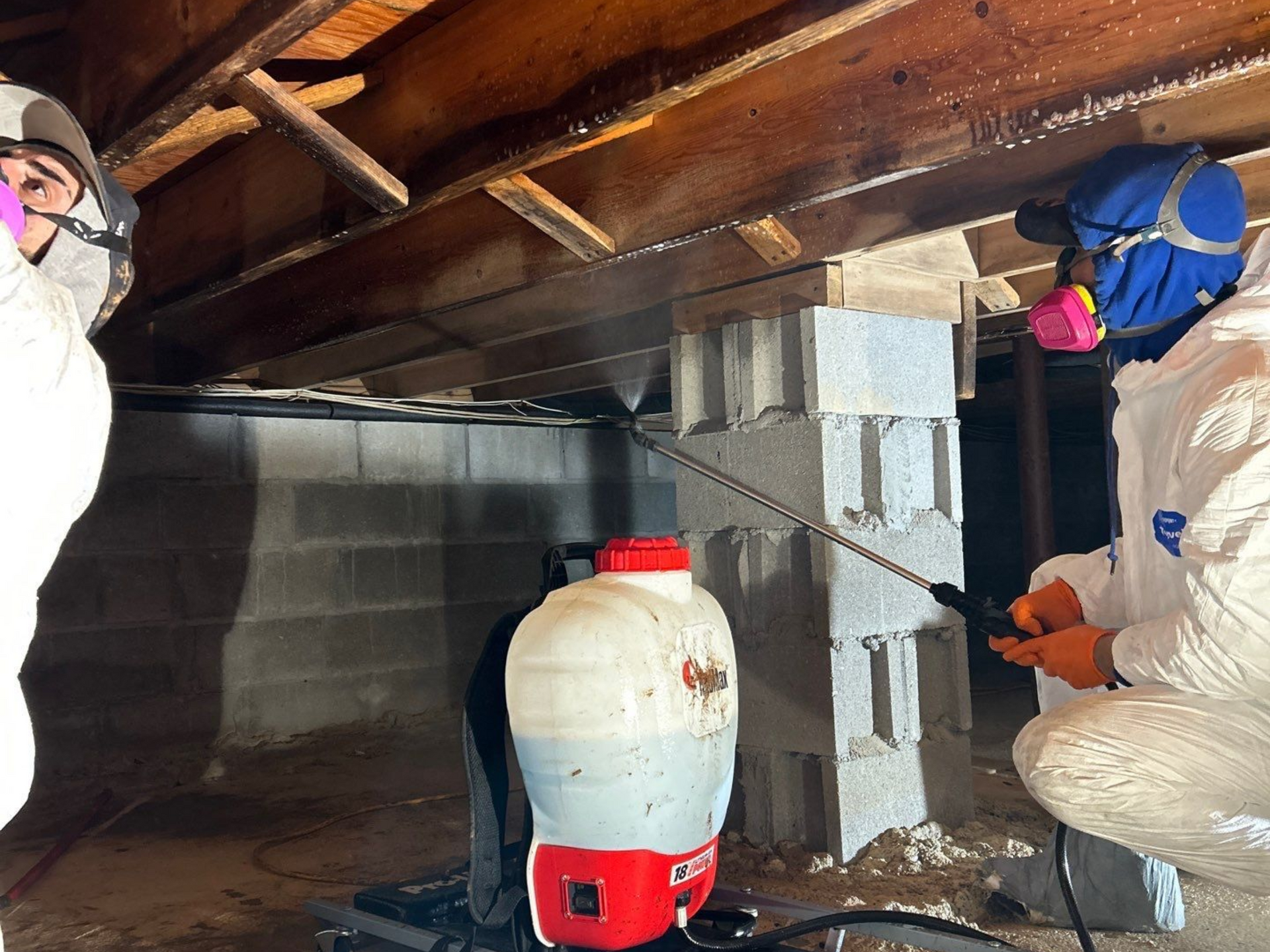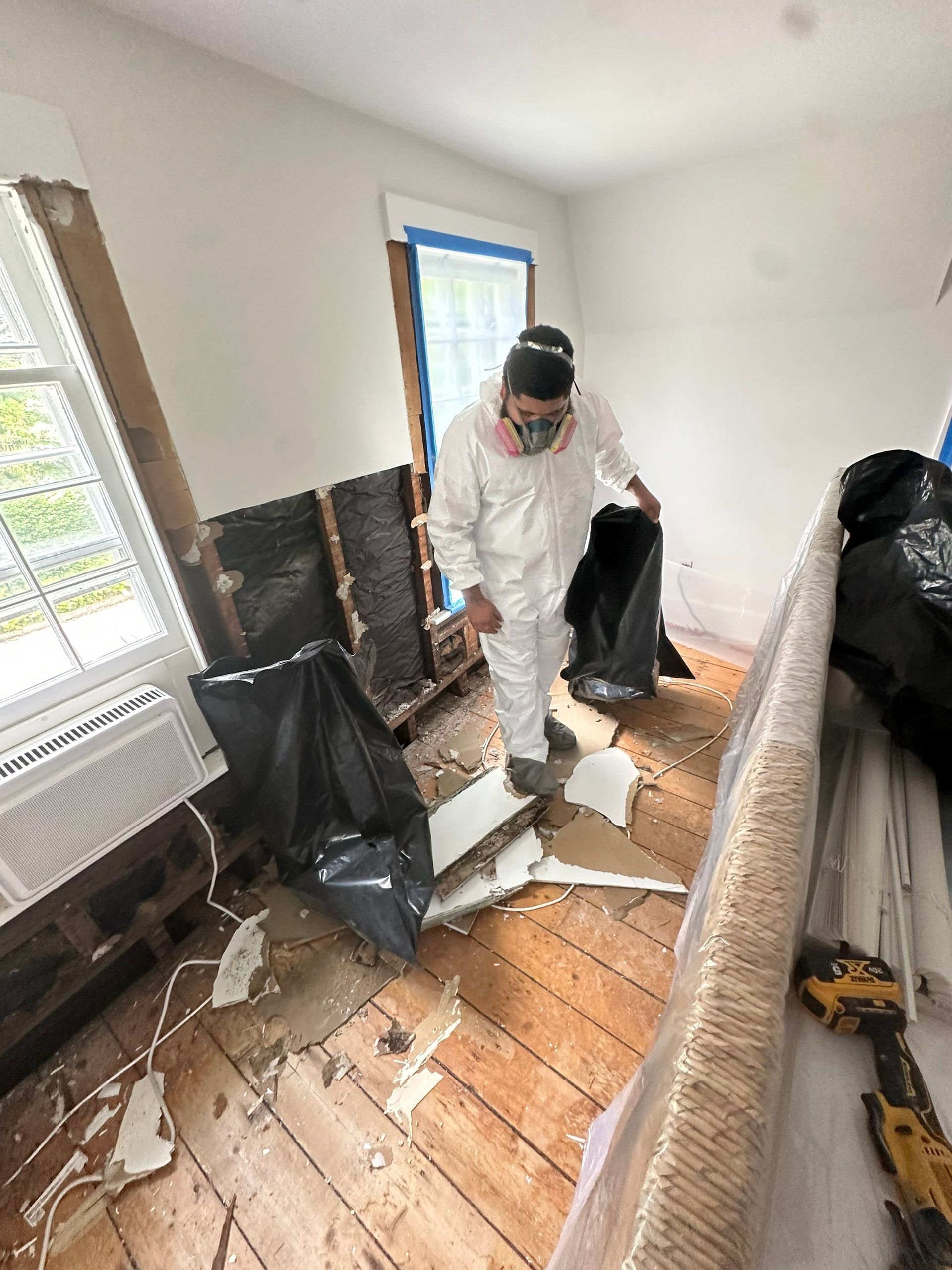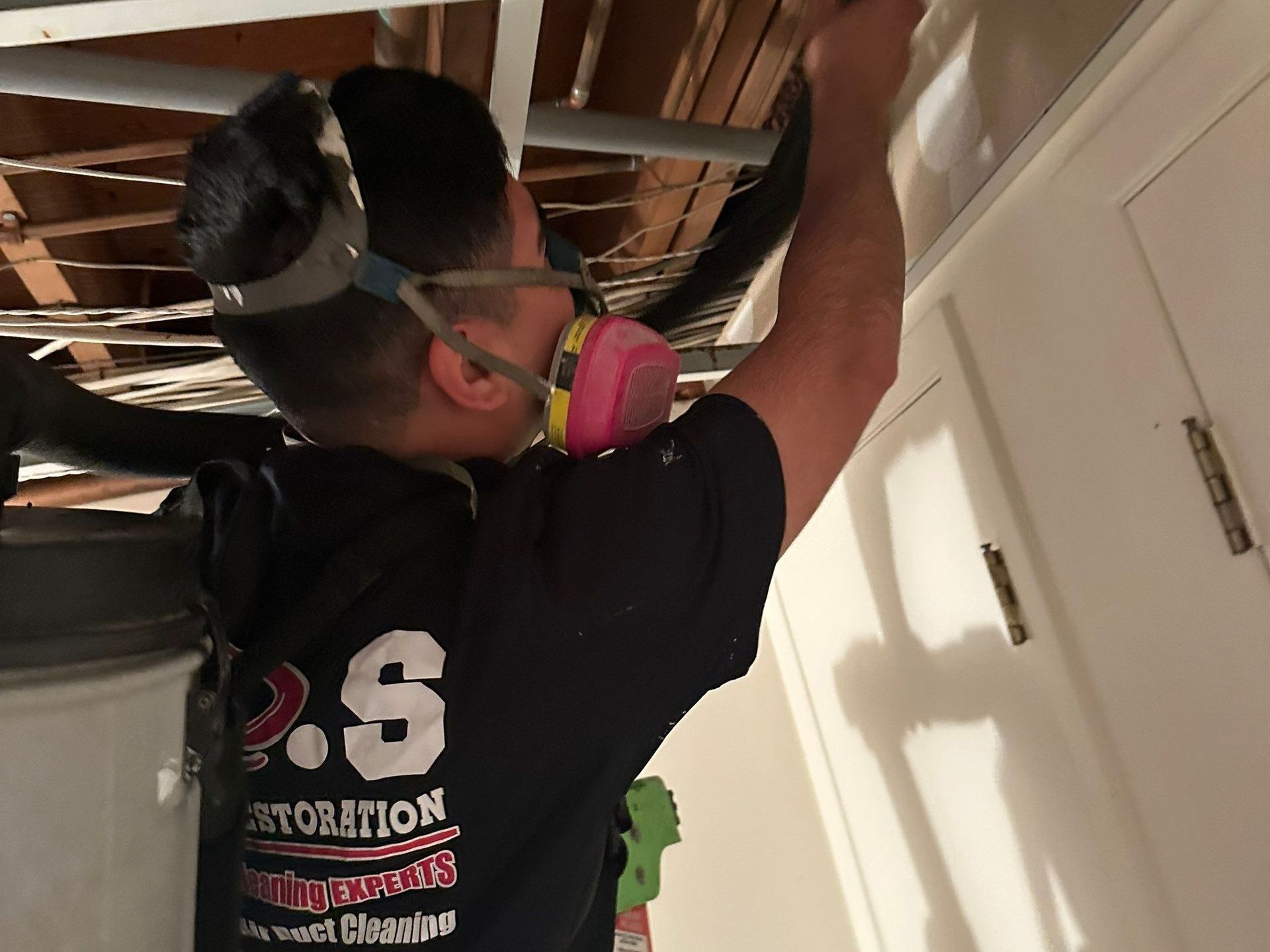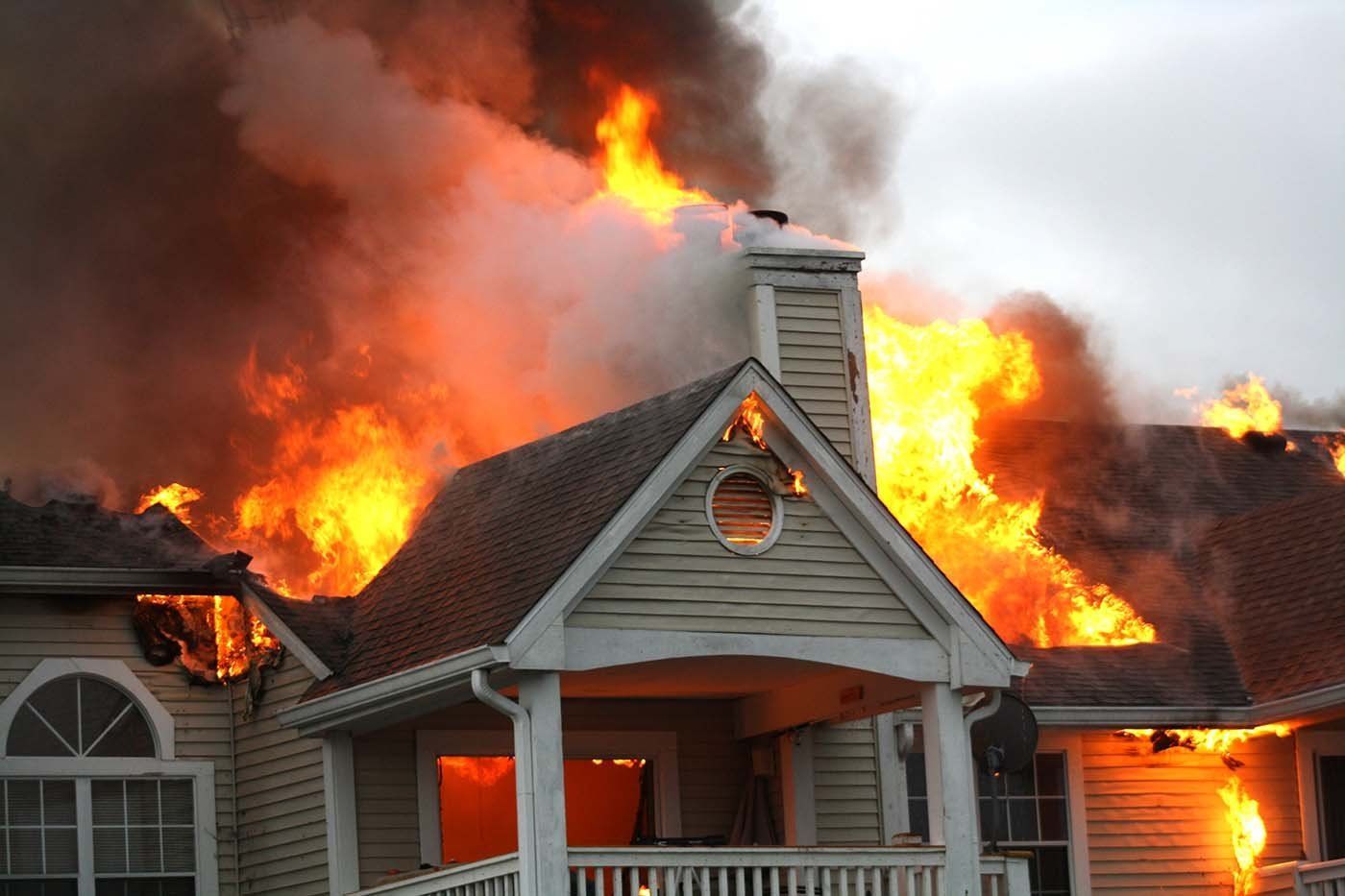Sewage Backup Cleanup: What Long Island Homeowners Must Do in the First Hour
If you experience a sewage backup, stay out of the contaminated area, turn off power to that space if it’s safe to do so, and call an IICRC-certified sewage backup cleanup company immediately. The first hour is critical for protecting your home and your health.
When a Sewage Backup Happens — Every Minute Counts
Nothing can prepare you for walking into a flooded basement and realizing the water isn’t clean. The smell alone can make your stomach turn — and the panic sets in fast.
If this happens to you, you’re not alone. Many Long Island homeowners face sewage backups from clogged lines, tree roots, or old plumbing systems. But what matters most is what you do next. Acting quickly within the first hour can prevent serious damage, costly repairs, and major health risks.
At K.O.S. Restoration, we understand how overwhelming it feels to see contaminated water in your home. We’ve helped families across Long Island, Suffolk, Nassau, and Queens clean, disinfect, and restore their homes after sewage disasters — safely and fast.
Why Sewage Backups Happen
Sewage backups usually start from hidden plumbing issues or overwhelmed drainage systems. Common causes include:
- Clogged or collapsed sewer lines from debris or tree roots
- Heavy household water use when pipes are already partially blocked
- Sump pump or drain failure during storms
- Aging or damaged plumbing that can’t handle pressure changes
Even a small blockage can cause wastewater to flow back into your home instead of out — bringing with it harmful bacteria, viruses, and toxins.
Why Sewage Water Is So Dangerous
Sewage isn’t just dirty — it’s toxic. The water can contain bacteria like E. coli and Salmonella, plus harmful gases and pathogens that cause illness on contact.
Beyond health risks, raw sewage can quickly destroy:
- Flooring, drywall, and insulation
- Electrical systems
- Furniture and stored belongings
- Indoor air quality throughout your entire home
Even worse, mold can start growing within 24–48 hours, spreading spores that make cleanup harder and more expensive the longer you wait.
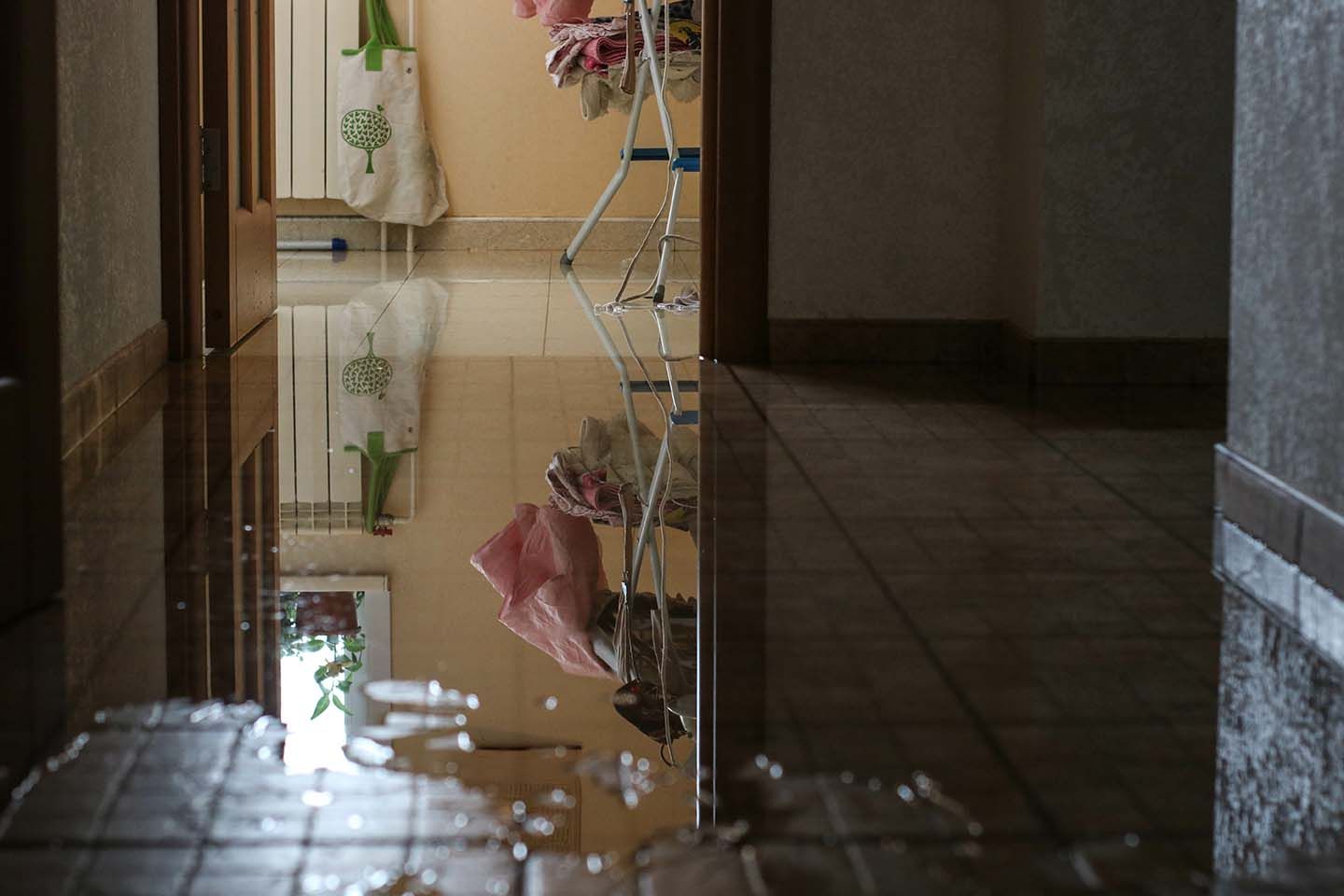
What To Do in the First Hour
If you find sewage water in your home, here’s what you should do — and what not to do — right away:
- Stay out of the contaminated area. Sewage carries harmful bacteria that can make you sick on contact.
- Shut off power to the affected area only if it’s safe and there’s no standing water near outlets.
- Stop using sinks, toilets, and drains. Continuing to use plumbing can make the backup worse.
- Ventilate the area if possible. Open a window to help release odor and gases safely.
- Do not attempt to clean it yourself. Home cleaning products aren’t strong enough to sanitize contaminated water.
- Call an IICRC-certified restoration company immediately. A professional team can extract water, disinfect your home, and ensure safe cleanup.
At K.O.S. Restoration, we’re available 24/7 for emergency sewage backup cleanup — and we can usually be on-site within 45 minutes in Suffolk County.
How Professional Sewage Backup Cleanup Works
Our IICRC-certified process ensures your home is cleaned and disinfected safely from start to finish:
- Assessment & Safety Setup – We inspect the damage, isolate affected areas, and establish containment to prevent cross-contamination.
- Extraction & Removal – Using industrial-grade pumps, we remove all standing sewage and waste material.
- Disinfection & Odor Elimination – Specialized antimicrobial and enzyme treatments kill bacteria and remove odors at the source.
- Drying & Dehumidification – Advanced drying systems and dehumidifiers eliminate lingering moisture to prevent mold growth.
- Air Filtration & HEPA Cleaning – Air scrubbers clean the air of harmful particles and bacteria.
- Final Sanitation & Restoration – Once dry, the space is sanitized and ready for safe re-entry.
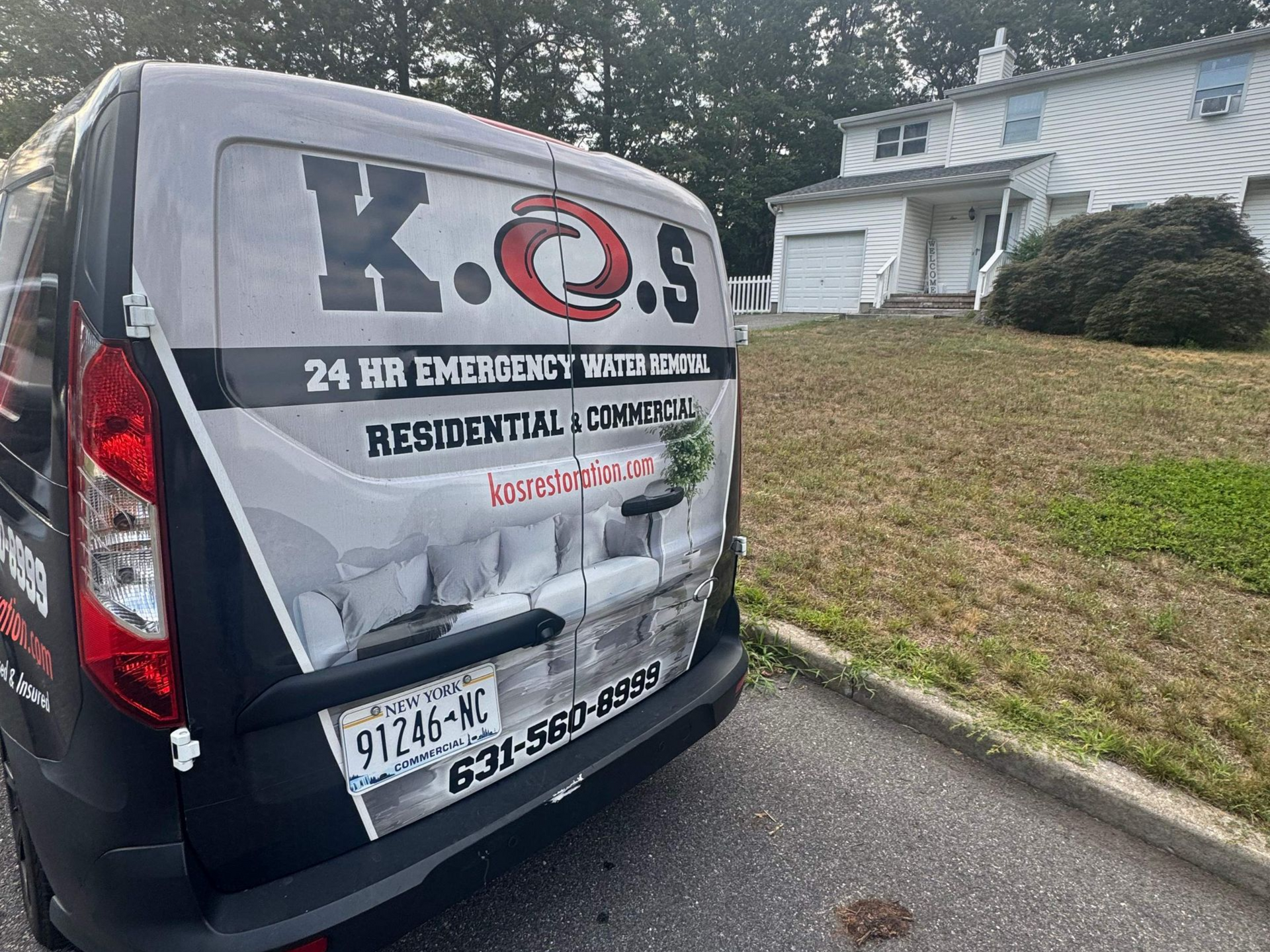
Preventing Future Sewage Backups
Prevention is the best defense. A few simple steps can save you from future emergencies:
- Avoid flushing wipes, grease, or large debris down drains.
- Schedule annual plumbing and drain inspections.
- Install a backflow prevention valve to stop sewer water from entering your home.
- Test sump pumps regularly and consider adding a battery backup.
Why Homeowners Trust K.O.S. Restoration
Since 2006, K.O.S. Restoration has been Long Island’s trusted name in water, mold, fire, and sewage cleanup.
Our team is:
- IICRC Certified in Sewage & Water Damage Restoration
- Available 24/7 — including nights, weekends, and holidays
- Local & Fast — 45-minute response to Suffolk County homes
- Insurance-Friendly — We work directly with your provider to simplify claims
We know it’s more than just a mess — it’s your home, your safety, and your peace of mind.
Sewage Cleanup FAQ'S
Can I clean up a sewage backup myself?
No. Even small backups contain dangerous bacteria. Professional-grade disinfectants and PPE are required for safe cleanup.
How soon should cleanup begin?
Immediately. The first few hours are crucial to prevent permanent damage and mold growth.
Does homeowners insurance cover sewage damage?
It depends. Sudden pipe bursts are usually covered, but backups from external sewer lines may require optional coverage.
How long does sewage cleanup take?
Most cleanups are completed in 1–3 days, depending on the size and level of contamination.
If you’re dealing with a sewage backup, don’t wait — the longer it sits, the more damage it causes.
Call K.O.S. Restoration right now at (631) 560-8999 for 24-hour emergency sewage backup cleanup anywhere on Long Island.
Our certified experts are standing by to help restore your home safely, quickly, and completely.
